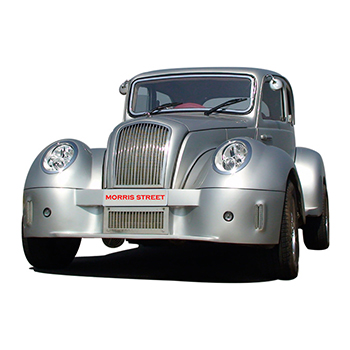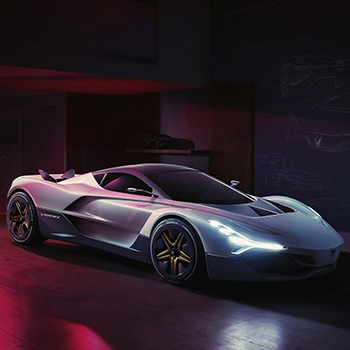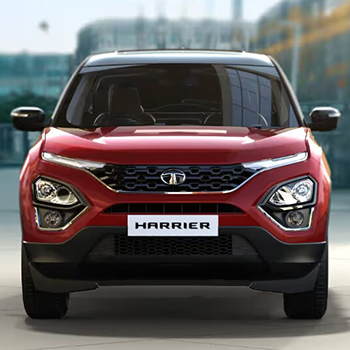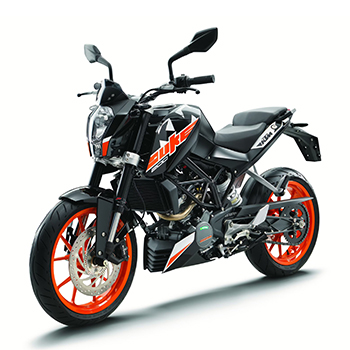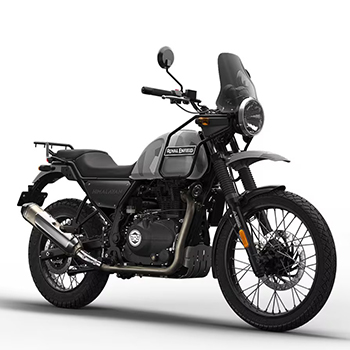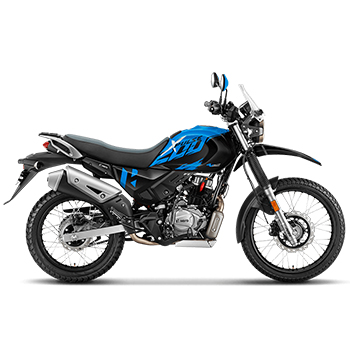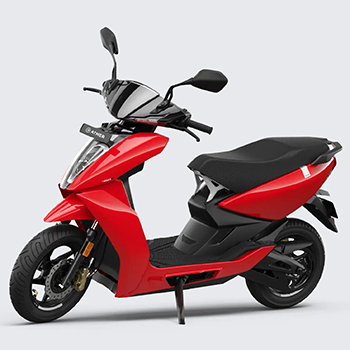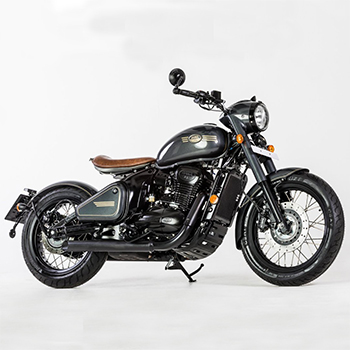Transport Automobiles
2011-2020
(10 items)
Transport Automobiles2011-2020
(10 items)
(10 items)
Hradyesh Morris Street 2011
India's first real street rod and most costly domestically produced luxury vehicle is the Hradyesh Morris Street, which was introduced in 2011 by the boutique luxury manufacturer Hradyesh. The Morris Street was constructed almost entirely by hand using the existing chassis of a 1940s Morris model, but every component—from the motor, gears, and brakes to the specially designed chassis and high-performance suspension—is made to exacting specifications. A 1,400 cc custom-block engine that produces about 90 horsepower and 120 Nm of torque powers the vehicle, giving it a distinctly swaggering, vintage driving sensation. The interior is furnished with hand-stitched, royal-red leather, period-style aesthetics, and a top-tier audio-visual system, all of which are designed to create a luxurious ambiance that radiates exclusivity and individuality. The body is beautiful and curvy, and it is finished in a super-silver paint. The Morris Street, which costs over 2.7 crore and is the only one ever constructed, is a unique handcrafted masterpiece that embodies Hradyesh's goal to bring an ultra-luxury, made-to-order "masterpiece edition" to the Indian auto industry.
Details >>Mahindra Electric e20 2013
The Mahindra Electric e2o (2013), a compact urban electric hatchback, was India’s first mass-produced electric car under Mahindra Reva Electric Vehicles, following Mahindra’s acquisition of Reva Electric Car Company. The e2o, which was primarily made for city commuting, had a clever, futuristic look with a big windscreen, two doors, and a simple, environmentally friendly design. It included a reinforced bonded monocoque structure composed of polycarbonate and ABS panels, which are strong and lightweight materials that improve corrosion resistance and efficiency. The vehicle was powered by a 48V lithium-ion battery and a 19 kW (25.5 bhp) electric motor, offering a range of approximately 100 km per charge. In keeping with its sustainability-driven philosophy, the e2o was put together at Bengaluru's first platinum-rated green manufacturing facility using low-emission and energy-efficient techniques. It was a cutting-edge electric transportation solution for its time, with an interior that prioritised smart communication and included touchscreen infotainment and remote diagnostics.
Details >>Mahindra XUV500 2014
The Mahindra XUV500 (2014) was a flagship SUV designed with a strong focus on bold styling, performance, and modern features to compete in the premium SUV segment. With aggressive lines, powerful wheel arches, a unique front grille, and swept-back headlamps that added to its dramatic road presence, its design was inspired by a cheetah. The monocoque chassis design, which was Mahindra's first internal effort, provided improved handling and increased rigidity. High levels of localisation and engineering contributions from Mahindra's R&D centre, the Mahindra Research Valley in Chennai, were included in the XUV500, which was manufactured at Mahindra's factory in Chakan, Pune. For structural integrity, the body shell was mainly composed of high-strength steel, but the body panels also contained stamped steel and a small amount of composite and plastic for the cladding and bumpers. In order to create a more upscale feel, interior components included brushed aluminium highlights, injection-moulded plastics, and imitation leather for upholstery in higher variations. With features like touchscreen infotainment, all-wheel drive, and cutting-edge safety systems for its time, the SUV was propelled by a 2.2L mHawk diesel engine and a 6-speed manual gearbox.
Details >>Vazirani Shul 2018
Vazirani Automotive, an Indian firm started by Chunky Vazirani, introduced the Vazirani Shul (2018), a high-performance electric hypercar concept. In order to blend state-of-the-art Indian engineering with international design sensibilities, the Shul was created with input from the Force India F1 team and the esteemed Rolls-Royce aerospace business. It has an aggressive front fascia, a modern cabin that emphasises performance and minimalism, and a remarkable aerodynamic design with flowing lines. The Shul is powered by a jet turbine-electric hybrid powertrain, where a microturbine charges the battery, which in turn powers four individual electric motors, offering all-wheel drive and instant torque. For increased strength and decreased weight, it makes use of carbon fibre body panels and a monocoque carbon fibre chassis. Despite having precision-engineered and internationally sourced components, the vehicle's design language preserves subtleties of Indian culture, making it a representation of India's aspirations for the future of the automotive industry. Even though it was only a concept when it was unveiled, it demonstrated India's growing potential in luxury electric vehicles.
Details >>KTM Duke
The KTM Duke 200, launched in 2012 in India, was a game-changer in the entry-level performance motorcycle segment with its aggressive naked streetfighter design. Its minimalist bodywork, exposed trellis frame, and sharp lines highlighted its lightweight performance and agility. It was created in Austria by KTM and jointly developed with Bajaj Auto. As part of a global collaboration, it was produced at Bajaj's Chakan plant near Pune. A 199.5 cc single-cylinder, liquid-cooled, fuel-injected engine coupled with a 6-speed transmission gave the bike a powerful performance that made it perfect for sporty and urban riding. A high-tensile steel trellis frame, aluminium alloy wheels, and plastic (ABS) body panels for weight reduction were among the materials utilised. WP's upside-down front forks and a monoshock rear suspension system were used, while disc brakes with optional ABS provided safety. All things considered, the KTM Duke 200 (2012) established a new standard for reasonably priced performance biking by fusing sturdy Indian production with sleek European design.
Details >>Royal Enfield Himalayan
The Royal Enfield Himalayan, launched in 2016, was the brand’s first purpose-built adventure touring motorcycle, designed from the ground up to tackle rugged terrains and long-distance travel. With a large windscreen, split seat, high ground clearance, baggage mounting points, and a digital-analogue instrument cluster with a compass and trip meter—perfect for off-road exploration—it was created by Royal Enfield's design teams in the UK and India. It was powered by a recently created 411 cc air-cooled single-cylinder SOHC engine (LS410), which provided useful torque at low RPMs, allowing versatility in a variety of environments. The bike, which was made at Royal Enfield's plant in Chennai, India, used a half-duplex split cradle steel frame that was created in partnership with Harris Performance (UK). Rubber for grips and foot pegs, polymer plastics for mudguards and side panels, aluminium parts for weight reduction, and steel for the chassis and petrol tank were among the essential materials. The Himalayan, which marked Royal Enfield's debut into the international adventure bike market, stood out for its tough simplicity, fusing comfort with durability.
Details >>Hero Xpluse
India's first reasonably priced dual-sport adventure motorcycle, the Hero XPulse 200, was introduced in 2019 and is built for both off-road capability and on-road comfort. It has a tough, go-anywhere appearance with useful trail protection due to its high-mounted front mudguard, long-travel suspension, elevated exhaust, knuckle guards, and bash plate. Lightweight and adaptability are key components of the design, which was created internally at Hero MotoCorp's CIT (Centre of Innovation and Technology) in Jaipur. It has a single-cylinder, air-cooled, 199.6 cc engine that is fuel-injected for efficiency and pollution control. The XPulse is manufactured at Hero’s production facility in Haridwar, India, using a diamond-type steel frame for durability and aluminium components like the swingarm for reduced weight. Rubber components provide comfort and traction, while ABS and polypropylene plastic body panels are utilised for durability and economy. The XPulse 200 established a standard for accessible adventure riding in India with its off-road ergonomics, Bluetooth-enabled digital console, and simple yet practical design.
Details >>Ather 450X
The 2020 Ather 450X was designed and built in India; it was first manufactured in Ather Energy's Bengaluru plant before being expanded at its Hosur, Tamil Nadu, plant, which started production in early 2021. Its precision-machined hybrid chassis strikes a compromise between lightweight stiffness, crash safety, and battery shielding by integrating cast-aluminium main frame components with selective high-strength steel reinforcing. With the 2.9 kWh/21700 cell pack enclosed within a Tesla-inspired aluminium structure integrated in the frame for enhanced thermal and impact protection, the chassis design also serves as the battery casing. Sharp, contemporary style and panelwork are highlighted by flush-fitting body panels, a lattice-exposed aluminium trellis frame that is visible beneath the seat sections, and streamlined LED lighting (tail, headlights, and indicators) that combines durability and minimalism. At debut, the fit-and-finish received recognition for its high-end details like aluminium mirror stalks and number-plate brackets, clean edges, matte paint options (especially Space Grey), and sturdy construction. Reviewers pointed out that the scooter's thick aluminium safety margins contribute to its relatively heavy curb mass (~108 kg), but this was done on purpose to preserve the NMC battery chemistry and improve structural stiffness without sacrificing manoeuvrability.
Details >>Jawa Perak
Jawa Motorcycles introduced the Jawa Perak (2020), a factory-custom bobber motorbike with minimalist style intended to create a retro-modern look. It has a unique, rebellious appearance reminiscent of vintage bobbers thanks to its low-slung stance, matte black finish, floating single seat, and bar-end mirrors. A 334 cc single-cylinder, liquid-cooled DOHC engine that produces about 30.64 PS and 32.74 Nm of torque and is connected to a 6-speed gearbox powers the motorbike. Its double cradle tubular frame and mono-shock rear suspension, which is exclusive to Jawas, enable a more streamlined rear profile. The front is equipped with dual-channel ABS disc brakes at both ends and telescopic forks. Precision engineering is ensured by the Mahindra-owned factory in Pithampur, Madhya Pradesh, where manufacturing is conducted. A steel frame, metal body panels, aluminium engine parts, and rubberised and leather-like seat coverings are some of the materials that give it a tough yet elegant look.
Details >>